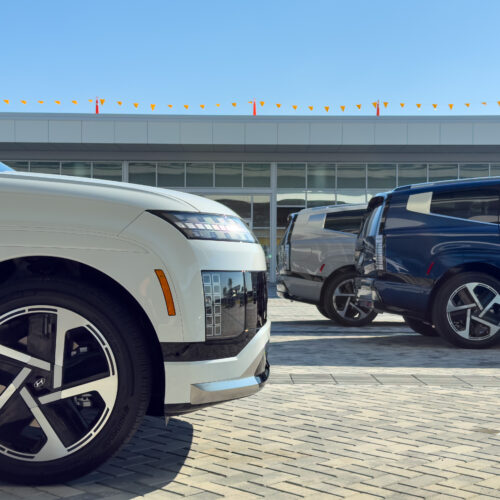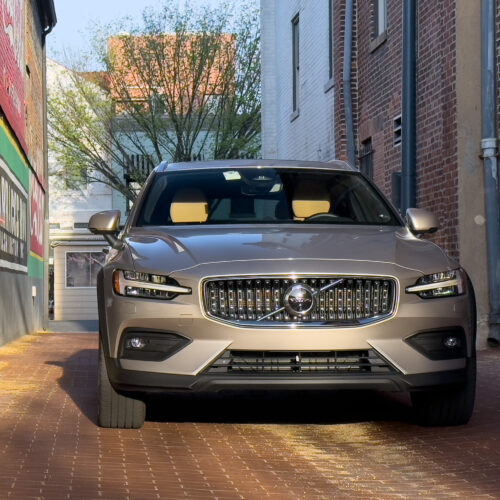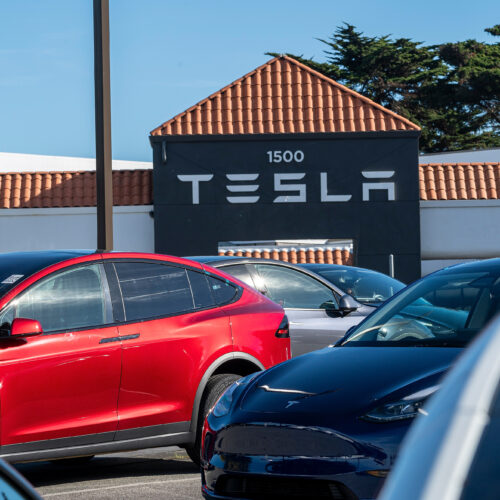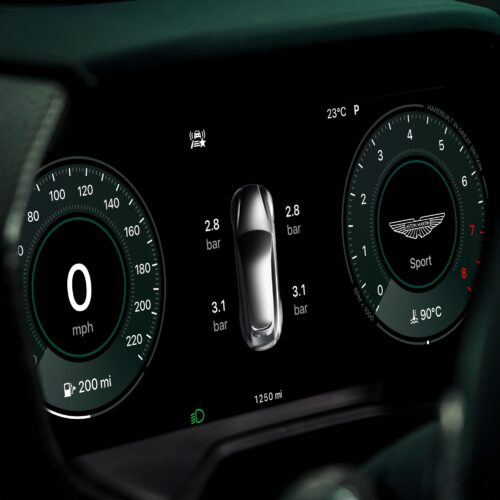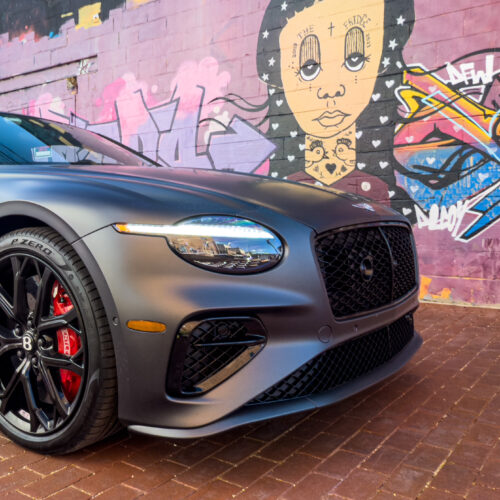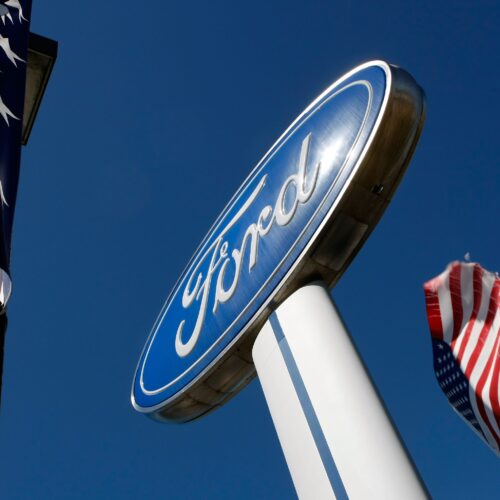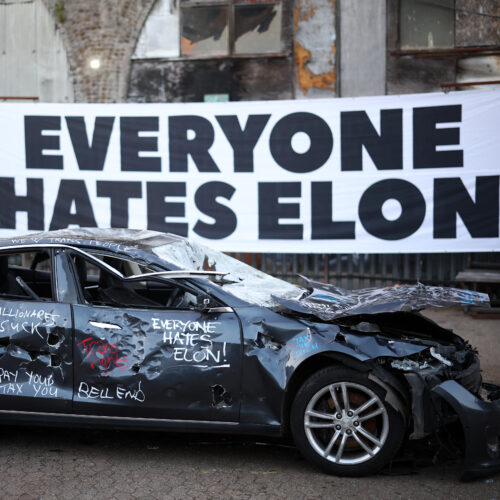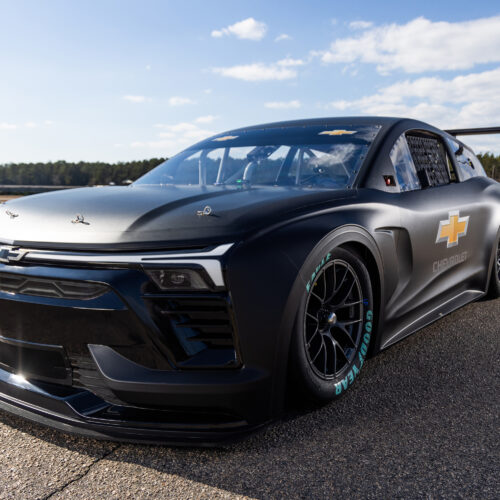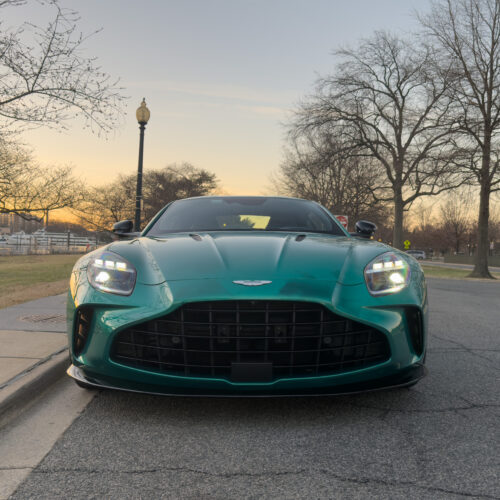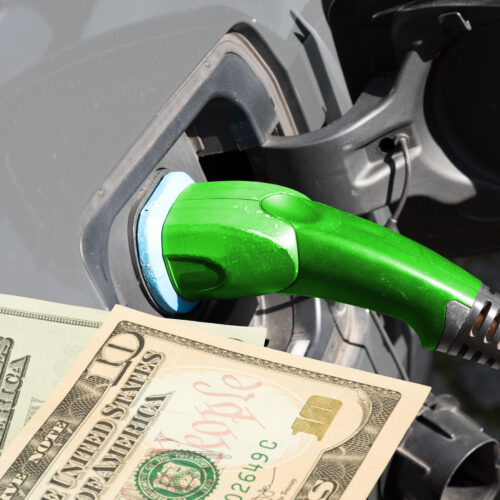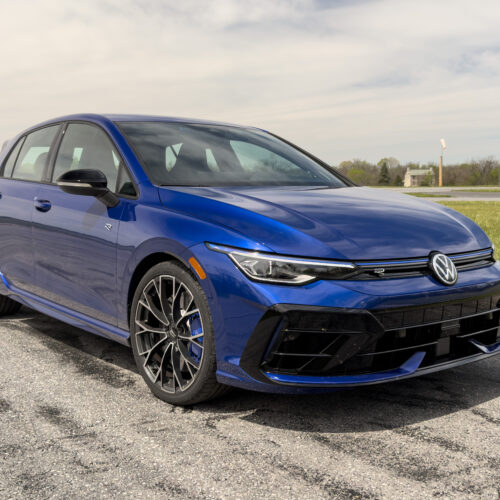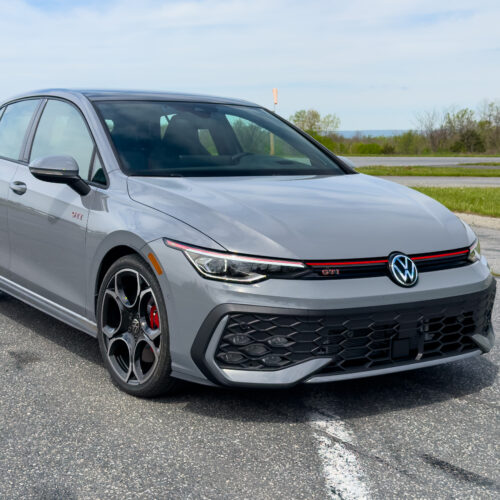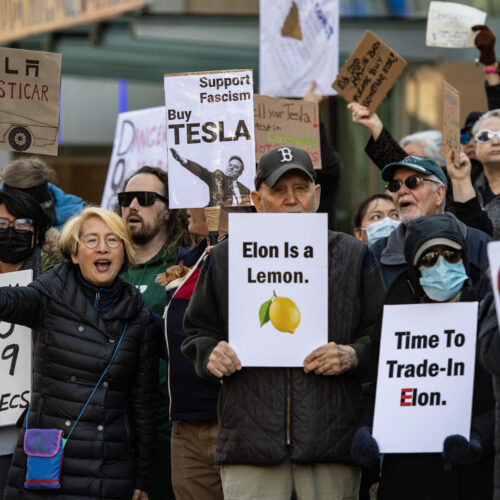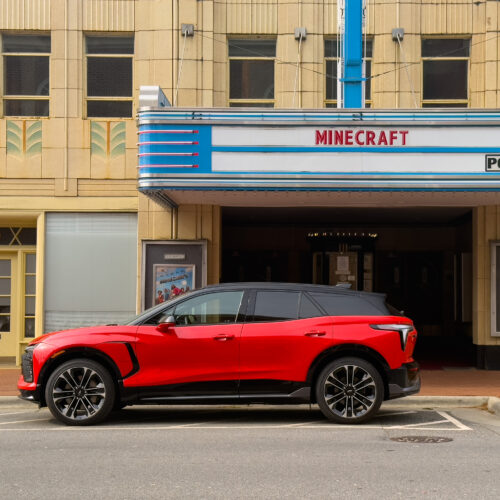2025 Hyundai Ioniq 9 first drive: Efficient, for a big one
SAVANNAH, Georgia—Hyundai's massive new Metaplant factory in Georgia is actually painted a subtle shade of green, not white, but you'd need someone to point that out to you. It's a shining example of the latest in car manufacturing—bright lights and white walls inside, knee-saving wooden floors on the production line, recaptured waste energy and solar—you name it. Hyundai even uses dog-like robots to check some welds. The vast facility is responsible for North American production of the electric Ioniq 5 and, now, the all-new Ioniq 9 SUV as well.
That Hyundai would make a three-row SUV with its class-leading electric powertrain was a no-brainer. The E-GMP platform, with its 800 V powertrain, was designed for medium to large EVs, after all. In 2021 it debuted the Seven concept, which explored the idea of a living room on wheels. I'm not sure why the nameplate skipped a couple of digits, but the production Ioniq 9 tries to keep as true to that theme as possible within the confines of real life.
Although they look quite different from one another, a common design language called "parametric pixels" ties together the Ioniq 9 with its smaller siblings the Ioniq 5 SUV and Ioniq 6 sedan. Creases catch the light even with the matte-gold paint of our test car, like the line ahead of the rear wheels that calls back to the collar on a traditional Korean garment. As ever, there are some other wonderful names for the design language: my favorite is "aerosthetic lounge," but when you look at the images, also think of words like "teutonic," "boat tail," and "integrated." When you hear the shape was inspired by a pebble, it makes sense that the drag coefficient is a slippery 0.27.


© Jonathan Gitlin
